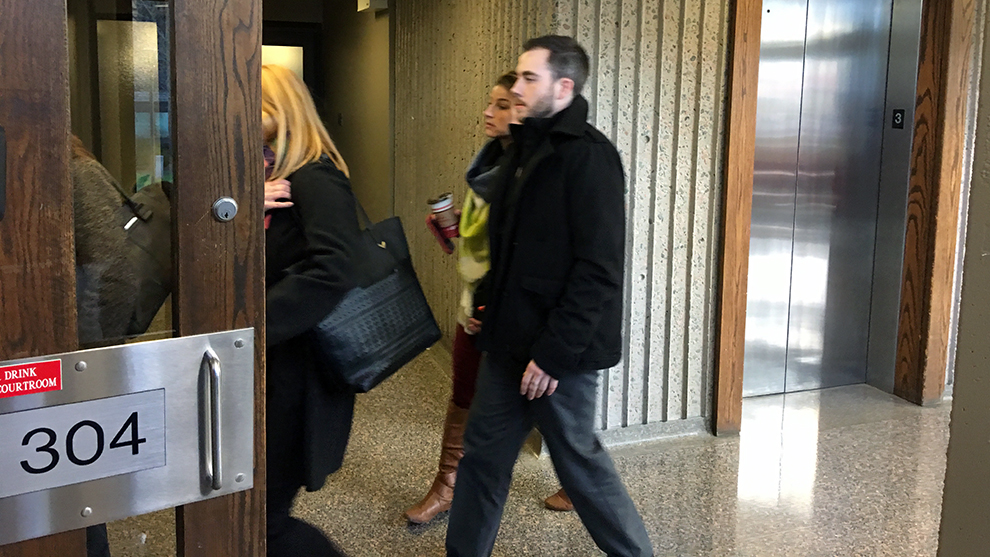Crime
Jury hears details of victim’s death in Christopher Garnier trial
Garnier has pleaded not guilty in death of Catherine Campbell

caption
Day six of the trial saw 5 witnesses including a medical examiner
caption
Day 6 of the trial saw five witnesses testify, including a medical examiner.Nova Scotia’s chief medical examiner testified Tuesday that Catherine Campbell was strangled, but the lawyer for the man accused of her murder questioned the events leading to her death.
Christopher Calvin Garnier, 29, is on trial for second-degree murder and improper interference of human remains. He has pleaded not guilty to both charges.
Campbell’s body was found under the Halifax side of the Macdonald Bridge on Sept. 15, 2015.
Dr. Matthew Bowes told Nova Scotia Supreme Court in Halifax that Campbell’s death was a homicide. Bowes testified about attending the scene and being present for the removal of the body. He also showed photos of Campbell’s body to the jury and said Campbell’s remains were identified through dental records. Related stories
The medical examiner described injuries and discolorations on the body, including abrasions on the left side of the neck. Under cross-examination, Bowes said there existed the possibility that some of the injuries could have been caused post-mortem.
Under cross-examination, Garnier’s lawyer, Joel Pink, raised a theoretical situation where a death like Campbell’s might be accidental due to erotic asphyxiation, or the act of cutting off a person’s airway to reach a certain level of sexual arousal.
Pink described a scenario where a man and a woman go to a couple of bars, go to a home and engage in erotic asphyxiation, leading to the death of the woman. After realizing the woman is dead, the man moves the body.
At first mention of erotic asphyxiation, Campbell’s sister ran out of the gallery. During Pink’s telling of the hypothetical situation, another woman in the gallery started to cry.
Bowes responded that Pink’s potential scenario could be possible, but told the court he doesn’t believe the medical evidence points to Campbell’s injuries occurring after death. Bowes said this after earlier saying that the possibility of post-mortem injury existed.
The Crown asked Bowes if he has seen any cases of death from erotic asphyxiation during his career. He replied he has not had any cases of someone doing it to a partner, but has seen cases where people died from doing it to themselves.
Examining the scene
Earlier in court Tuesday, Sgt. Tony Croft of the Halifax Regional Police testified about being part of the team at the scene where Campbell’s remains were found. He said he took photos at 1:42 a.m. on Sept. 16, 2015.
Croft told the court that getting down the incline under the bridge to the body was difficult. He said while descending he “was either falling down or trying to get up” and had to grab onto brush to stay upright. He showed the jury images of the body.
At 10:15 p.m. on the same day, Croft said he went to the RCMP detachment in Sackville to take photographs of Garnier, who was in custody. Croft showed these pictures to the jury and pointed out scratches on Garnier’s right shoulder, left ring finger and near his left ankle.
Garnier under surveillance
Sgt. Derrick Boyd of the HRP testified that he and a partner followed Garnier driving a white Ford Edge along North Street just after midnight on Sept. 16, 2015.
He told the court that Garnier ended up driving by the scene where the body was found.
HRP Const. Adam Cole mentioned during testimony on Monday that he saw headlights approaching the scene but not the car itself. This would have been at around the same time Boyd followed Garnier.
The trial continues Wednesday.

